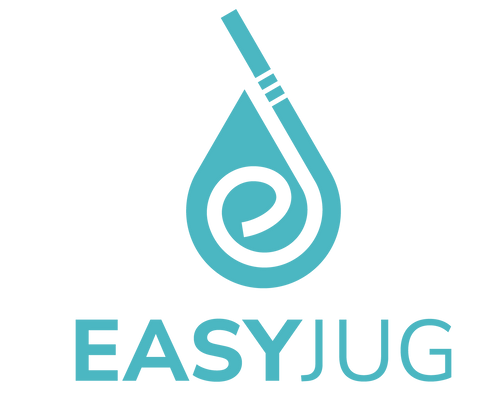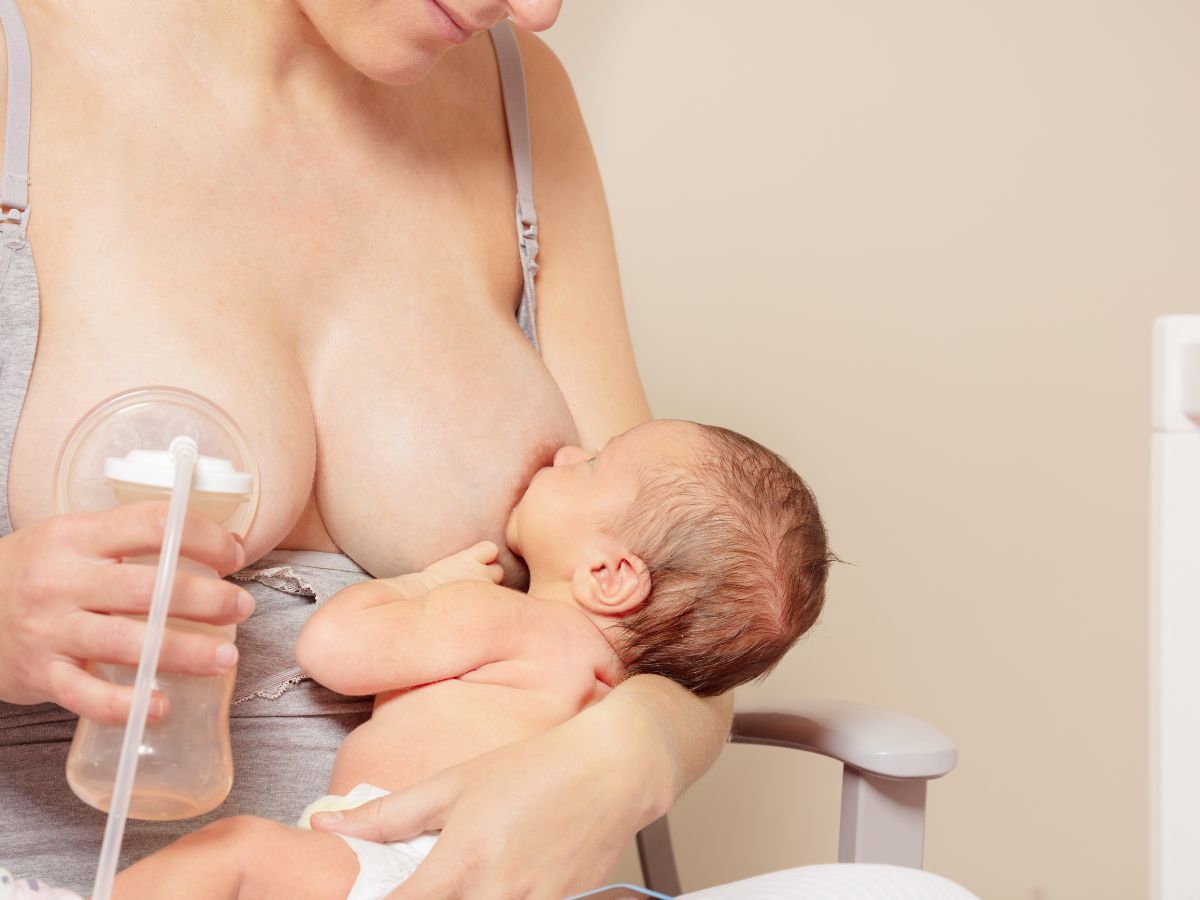Introduction
Welcome to all the new moms and expectant mothers navigating the rollercoaster of emotions and experiences that come with the journey into motherhood. A common concern that many of you share is understanding the post-cesarean bleeding process, including when does bleeding stop after a c section. It's a natural part of the journey. One of the key aspects, especially after a cesarean section, is understanding postpartum bleeding, a natural part of the healing process. This post is your comprehensive guide, designed to address common concerns, what's normal, tips, and when to seek help.
What to Expect with Post-Cesarean Bleeding
After a cesarean section, your body undergoes a series of natural healing processes. One of these is postpartum bleeding, known medically as lochia. This discharge is how your body expels the lining of the uterus after birth. Typically, this vaginal discharge can last from a few weeks to up to six weeks following the delivery day. The initial bleeding is similar to a menstrual period, often heavy and bright red. During this period, it's crucial to use sanitary pads and monitor the amount and type of bleeding. Blood clots can occur, and the color of your discharge can range from bright red blood to a darker, brownish hue as the bleeding slows down.
Although every woman's body is different, if you experience severe pain, prolonged bleeding, or large clots, these may be warning symptoms of complications like uterine atony, and it is a good idea to consult with your health care provider. It's important to note that some women may be at higher risk for prolonged bleeding due to various factors, including medical conditions or the nature of their cesarean delivery. Regular check-ups, blood tests, and a physical exam can help ensure that your recovery is on track, and new medicines or treatments are available if there are any concerns.

Risk Factors for Prolonged Bleeding
While the body is designed to heal, certain factors can prolong bleeding or introduce complications. A cesarean delivery, the size of your baby, the precise location and healing of your incision can all play a part in your recovery. It's essential to stay vigilant and consult with your healthcare provider if heavy bleeding continues longer than expected.
While most bleeding is normal, there are certain warning signs that should not be ignored. If you experience signs of infection, such as fever or foul odor, or if your bleeding is excessively heavy, it's time to seek medical help. Follow-up appointments are a must, and they provide an opportunity to discuss any concerns.
Health Care Tips for the First Week After Cesarean Delivery
The first week after delivery is critical for recovery. Managing pain is often necessary, and medications can help. Uterine contractions are a good sign; they indicate that your body is working to reduce bleeding. During this time, it's also important to keep an eye on your blood pressure and ensure that bowel movements are regular, as these can be indicators of your overall health.
The American College of Obstetricians recommends limiting physical activity and heavy lifting during the recovery process to help your uterus contract and to reduce the risk of excessive blood loss or infection at the c-section incision site. Rest is vital for healing. Remember, while the uterus contracts and bleeding occurs, this is the body's way to return to its pre-pregnancy state, and although it may seem like much blood, it is generally a sign that your body is healing as it should.

The Vital Role of Hydration in Your Postpartum Healing Journey
Hydration is a cornerstone of postpartum recovery, whether you've had a vaginal birth or a cesarean. After the exertion of delivery and the fluid loss from bleeding, replenishing your body's water is one of the most important things you can do. Proper hydration can make the biggest difference in your healing process, helping to manage common causes of discomfort such as bowel movements and cramps that can accompany the body's return to its pre-pregnancy state.
During the postpartum recovery period, hydration plays a key role in reducing the risk of complications such as urinary tract infections, which can be a concern following catheterization during a caesarean section.
Drinking plenty of fluids can help with the softening of stool, which is beneficial since bowel movements can be a challenge post-delivery, especially if you're taking counter pain relievers that can cause constipation.
In summary, to ensure a smoother postpartum recovery period and to minimize the following symptoms of dehydration, such as dizziness or excessive fatigue, make hydration a priority. It's not only about the quantity but also the consistency of fluid intake throughout the day that contributes to your overall wellness. Remember, taking care of yourself with simple steps like staying hydrated allows you to take the best care of your new baby.

EasyJug: The Ideal Hydration Partner for Cesarean Moms During Recovery
After a cesarean section, it's essential for new moms to focus on their recovery, and staying hydrated is a key part of this process. EasyJug, is designed with the needs of postpartum mothers in mind, making it the best thing to support hydration during the recovery period. It's especially helpful in the first days at home when moving can be uncomfortable due to the cesarean incision.
One of the common challenges for cesarean mothers is drinking enough water because it can be uncomfortable to sit up. EasyJug addresses this with it's 47 inch long straw that allows moms to drink water even while they lay down.
EasyJug is a 2.2 BPA free water jug that makes it convenient to sip water throughout the day without the need for refills. It's designed to be a new mother's hydration companion, ensuring that the most important thing – recovery – is as comfortable and nourishing as possible. With EasyJug, cesarean moms can ensure they are taking in enough fluids to aid in the healing process, all while keeping their hands free for their new baby.

Essential Guide to Choosing Postpartum Pads for Your Recovery Comfort
Managing vaginal bleeding efficiently and comfortably after giving birth, whether it be from a vaginal delivery or cesarean section, is vital for your postpartum recovery. The right sanitary pad can make a significant difference in providing the needed support as your body heals. Here are the top-recommended brands for postpartum pads that cater to the varying needs during this period:
-
Always Discreet Boutique: Offering exceptional absorbency for the initial heavy bleeding, these pads are designed to handle the larger clots and excessive bleeding typical of the first few days postpartum. They are also gentle on the incision site and the birth canal, which is crucial for minimizing the risk of infection.
-
Medline Maternity Pads: Used widely in hospitals across the United States, Medline's maternity pads are a go-to for the early stages of postpartum recovery when the flow is at its heaviest.
-
Always Maxi Overnight: As your bleeding begins to subside, transitioning to a overnight pad may provide more comfort.
-
Natracare Maternity Pads: For those who have sensitive skin or prefer organic products, Natracare provides a chlorine-free, perfume-free, and dye-free option, ensuring that the healing blood vessels and tissues are not irritated during the recovery process.
-
Depends Silhouette for Women: Many new moms find that incontinence underwear like Depends offers not only convenience but also a sense of security during the postpartum period. They're recommended for their comfort, ease of use, and full-coverage protection, which is particularly reassuring when managing heavy bleeding. Additionally, the underwear-like design can be more comfortable for those recovering from a cesarean section, as there are no pressure points along the incision site.
Having a supply of these pads ready before the arrival of your new baby is a practical step, ensuring that you're well-prepared for the postpartum period.
Nurturing Your Body and Emotional Well-being
Postpartum recovery isn't just about physical healing. Emotional well-being is just as crucial, especially as many new mothers face the risk of postpartum depression. Hormone levels fluctuate significantly after birth, which can impact your emotions. It's important for new parents to support one another and for mothers to have help during this time. Rest, self-care, and giving your body the time it needs to heal are paramount.

Conclusion
In closing, remember that post-cesarean bleeding is a normal part of recovery, but it's essential to stay informed and attentive to your body's signals. The most crucial thing is to listen to what your body is telling you and consult with a healthcare provider whenever you're unsure. You've embarked on one of life's most incredible journeys—motherhood. It's a path of strength, resilience, and profound love.
Community & Support
We know the beautiful chaos of motherhood – the endless feedings, diaper changes, and sleepless nights. Amidst all this love and care, it's easy to forget about your own well-being. That's where EasyJug steps in – to make hydration a breeze for you.
Join our community of nurturing mothers and prioritize your health with EasyJug. Sign up now to receive exclusive tips on staying hydrated during your breastfeeding journey, along with special offers just for you.
Because when you take care of yourself, you can give your little one the best version of you. Let's hydrate together and thrive as moms!



